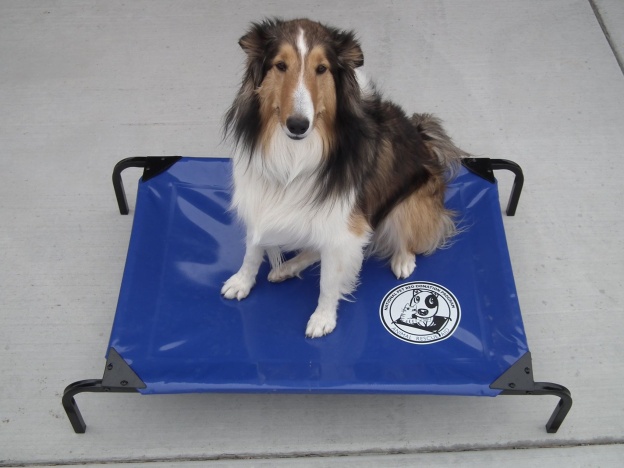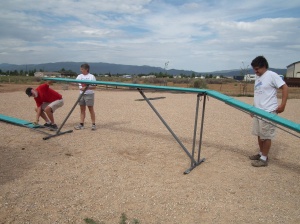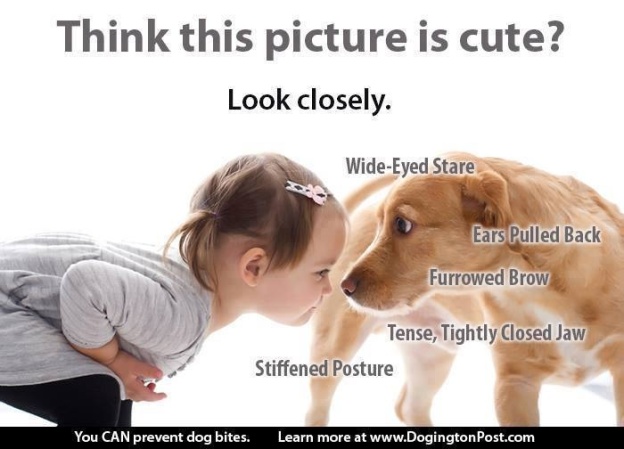1. Make fundraising a priority. Don’t just say you want to raise money, commit to it. Carve out time every day to work on it. This isn’t something you can do when you have time. You must be organized and prepared when it comes to fundraising so that you can maximize your efforts. You must have a plan and work it. You can’t be successful if you’re reacting to whatever falls in your lap from day to day.
2. Understand why people give. People give for lots of different reasons – usually because they want to help, they are moved by your mission, or they want to give back. Mostly it’s because someone asked. Giving is an emotional act, backed up by logic. That’s why so many nonprofits understand how to play up the emotional side of their work, to pluck a prospect’s heart strings. When you understand the emotion behind the gifts that come to your organization, your messaging will likely be more effective.
3. Identify the best donor prospect. This may hurt your feelings, but not everyone will care about your mission. And not everyone will give. Even if you are very passionate about the work your nonprofit does, not everyone else will be. So, it’s best to get focused on those people who are likely to care about what your nonprofit is about. Start by getting clear on who is most likely to support your nonprofit. What do your current donors or volunteers have in common? Look at both demographics and psychographics, and create a profile. Once you understand your ideal donor, it’s much easier to go find others just like them.
4. Tell your story. Telling your story is key to fundraising, but what is your story? It’s who your nonprofit is and what you are doing to change the world. It’s about the lives you are changing (or saving). And it must be told in a way that’s easily understandable and meaningful to your ideal donor prospect. That means you must use simple language, leave out the jargon, and keep it short. When you tell a compelling story, people will take action. They’ll make a gift or sign up to volunteer, and isn’t that what you really want?
5. Plan how and when you will ask for a gift. This is the nitty-gritty part of fundraising! It’s best to be proactive, using well thought-out fundraising strategies, and not reacting to whatever comes along. Fundraising by default is never successful. Plan how, when, who, and what for every fundraising activity you undertake. And document it in a written plan to guide your activities so you know where you’re headed. After all, if you don’t know where you’re going, any road will get you there.
6. Acknowledge and steward the gift. This may actually be the most important part of fundraising, yet the part that most nonprofits don’t get right. And it’s quite simple: Thank your donor promptly, warmly, and sincerely every time. In order to feel comfortable giving again, your donor must feel really good about giving to you. Watch how you’re communicating with the donor and make sure that everything you do builds trust. It’s the foundation of good relationships.
7. Evaluate success and Get Fully Funded. Be sure to track where money is being spent, and where money is being raised so that you know what’s working for you. Then continue doing those things that work, and stop doing those that don’t. This means that you may have to stop doing an annual event because it just isn’t worth the investment of time and money you’re putting into it.
Once you get these basics in place, fundraising becomes easier, and your confidence will increase with each successful activity.


